
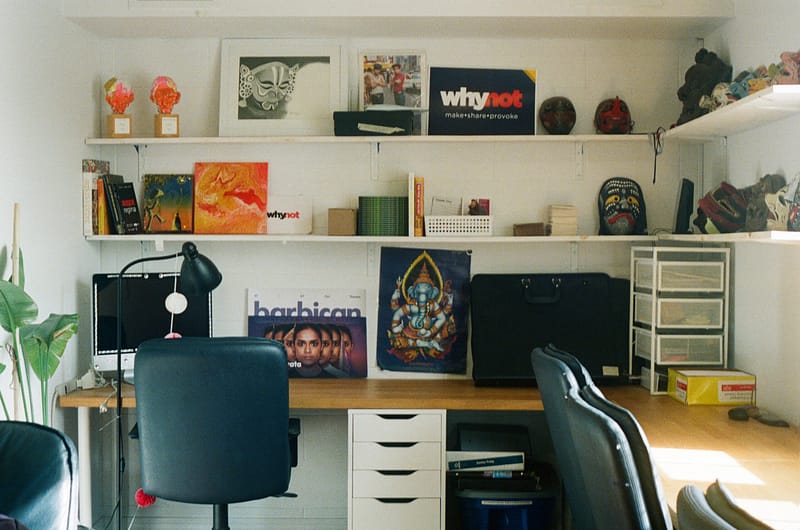
My first experience working with Why Not Theatre was in 2016. At the time, I was a producer at Koffler Centre of the Arts, and we had partnered on the production, Like Mother, Like Daughter. My job was to assist with producing work, but I was also asked to take portraits of the participating mothers and daughters. The goal was to portray a more intimate or detailed narrative of each duo. These images, placed alongside scanned objects, family photographs, and memorabilia, were exhibited in the gallery space of 918 Bathurst. Each composite served as a visual narrative – extending or amplifying the storytelling in the play. And it was this attention to personal histories, untold stories, and often unheard voices that drew me to the ethos of the company.
I officially joined the Why Not team in the fall of 2022, and over the years I have held numerous roles – marketing, communications, social media, press relations, and producing. Juggling these various tasks made the work fresh and dynamic, however I found myself longing for the opportunity to focus on just one thing – a project that I could manage from start to finish.
In the summer of 2024, there was talk that Why Not’s Space Project might get relaunched and that I could play a key role in managing it, alongside Founder and Co-Artistic Director, Ravi Jain. I knew that in previous iterations the research was primarily quantitative, but the relaunch would prioritize qualitative data – information that stemmed from real life experiences of practicing artists and their communities. I was thrilled by the idea as this was exactly the kind of storytelling that drew me to the company in the first place, and I couldn’t wait to engage in social research again.
Throughout my career, I’ve had the privilege of researching in a variety of social and cultural institutions: Indigenous People’s Health Research Centre, The Image Centre, Vtape, and the Factor-Inwentash Faculty of Social Work. And in every experience our research team incorporated an evaluation component to support the work. Ravi and I knew the relaunch would require a different approach – we needed something or someone that could provide structure and feedback to make sure we stayed on track. We also wanted a partnership that was collaborative in nature and rooted in community-based practices. Principles like respect, integrity, teamwork, and accessibility were foundational to the project, and we needed to establish and maintain these values alongside our collaborators. Mass Culture was the perfect choice.
Within a couple of weeks, I met with Robin Sokoloski to discuss the goals of Space Project – an initiative that facilitates greater access to space for artists who need it most by activating underutilized temporary and meanwhile spaces. I explained how the relaunch differed from previous iterations, in terms of geography, partnerships, timeline, and scope, and that arts and culture research would play a much larger role. Space Project would evolve into more of a research study, in that participating artists’ experiences would be the primary focus.
I remember Robin asking a series of questions after I shared the initial pitch – topics such as lines of inquiry, primary questions, data collection mechanisms, and knowledge sharing – and I knew Ravi and I didn’t have all of the answers. It was clear that we needed external oversight to help mobilize our ideas and that this newfound partnership would be essential in creating a more successful project.
Over the past 10 months, I have learned a great deal from Robin and Mass Culture, and I think the best way to illustrate these learnings is through photography and everyday examples of this ongoing partnership. As a photographer, I find visual methodologies helpful in understanding theories and practices.

I have the pleasure of meeting with Robin every two weeks to discuss Space Project. We usually begin our conversation with updates on our dogs or the latest shows we’ve attended, but we eventually make our way into discussing project details: artist reflections, partner questions, data collection methods, pending deadlines, and so forth. These meetings are an opportunity for us to reflect, think critically, and evaluate the research process.

After we wrap up, I document my notes and make my way to the office. I cycle past new developments, empty storefronts, and vacant lots, and think about the potentialities that Space Project could have in downtown Toronto. What if these urban sites welcomed artists and their communities? How would free space benefit artists and their work? In what ways would Toronto’s landscape change if creative spaces were prioritized?
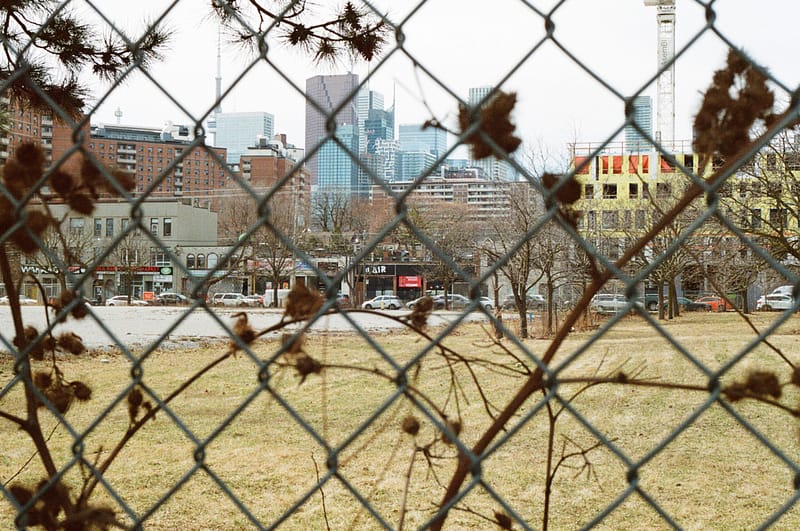
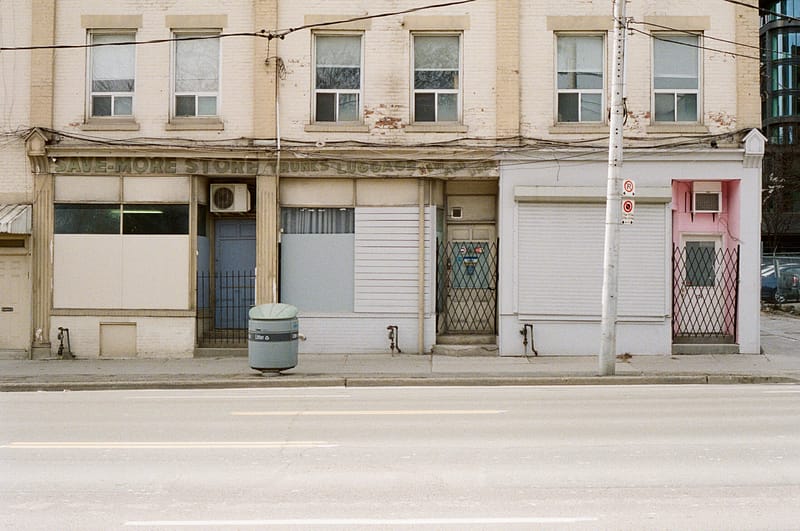
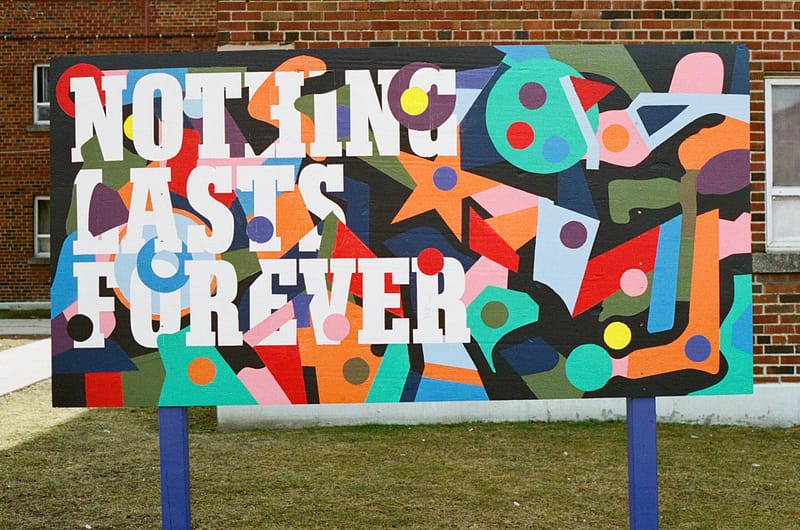
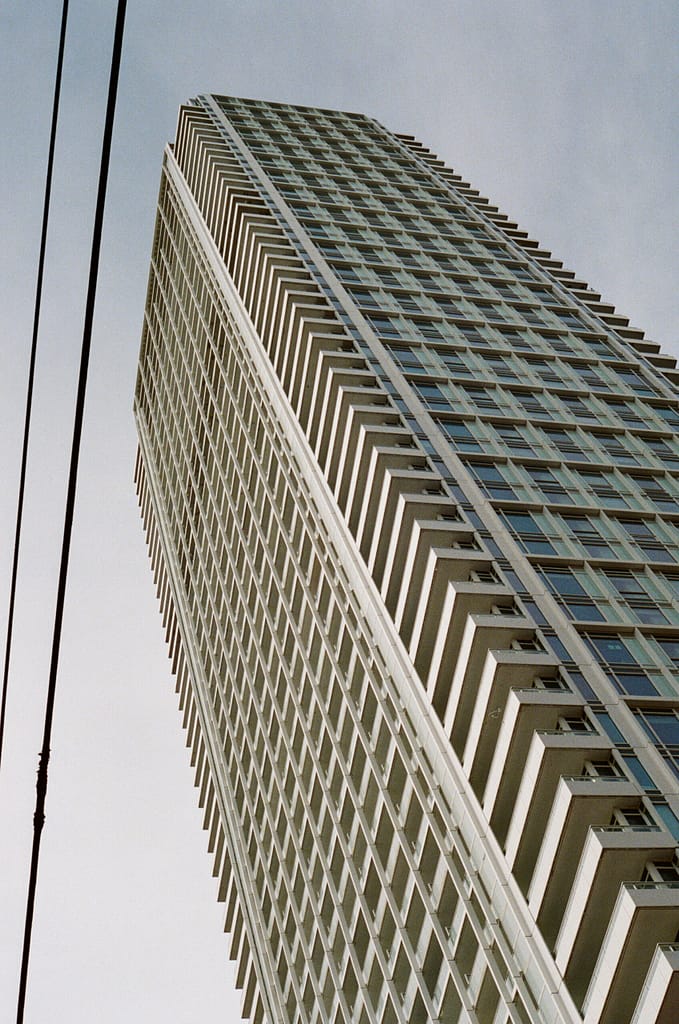
I take these questions and ideas to Ravi and we start to formulate next steps. We ask one another what the learnings are so far, what’s missing, what could be enhanced or better, and then we put those goals into action. When questions arise or we feel we need additional insight, we connect with Robin to better understand where the project can go. This dynamic not only supports the research project, but also the needs and curiosities of leadership, as well.
Recently, I travelled to Regina to photograph one of our project partners’ spaces and take in some of their artistic programming. On Cue Performance Hub, Inc., a grassroots, community-driven performing arts organization, managed to secure four spaces for their artists: a storefront in Northgate Mall, Scarth Street Studio, the University of Regina’s Shu-Box Theatre, and the mâmawêyatitân centre.

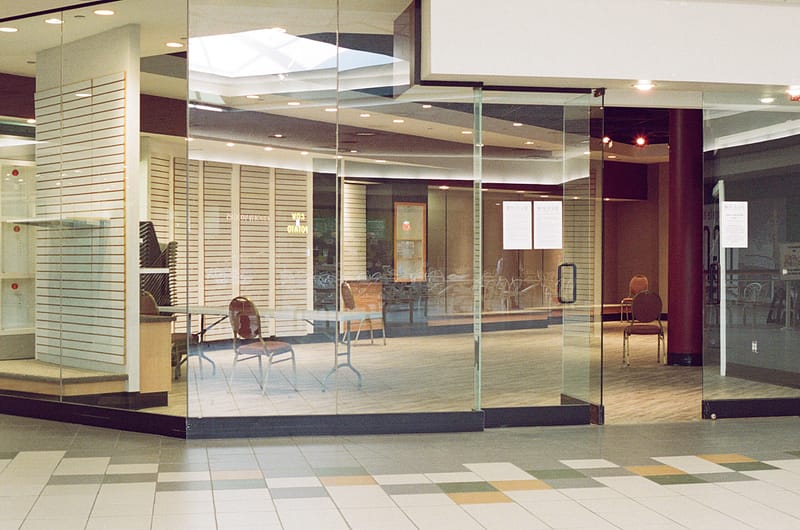
Robin had suggested that I facilitate community engagement on my travels, specifically audience feedback from the community-based programs that were being held at the mâmawêyatitân centre. On Cue had programmed Femme Fest III and Recreating Community Together – two events that addressed racism and colonization through dance, music, and theatre.
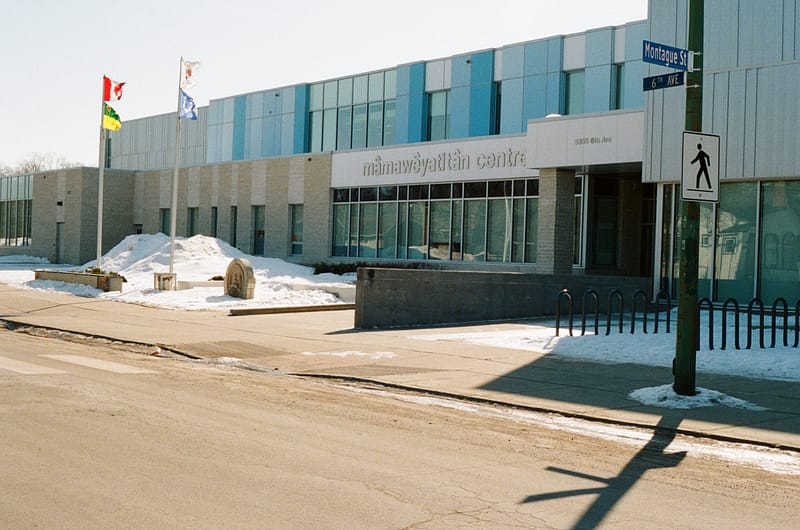
At both programs, I set up a table and invited folks to reflect on questions relating to Space Project. For example, “how would free space affect Regina artists?” and “what makes the mâmawêyatitân centre unique?” served as interesting starting points for further conversations. This additional research idea wouldn’t have taken place if not for Robin’s knowledge and expertise, and I’m grateful for our mutual interest in exploring mixed methods.
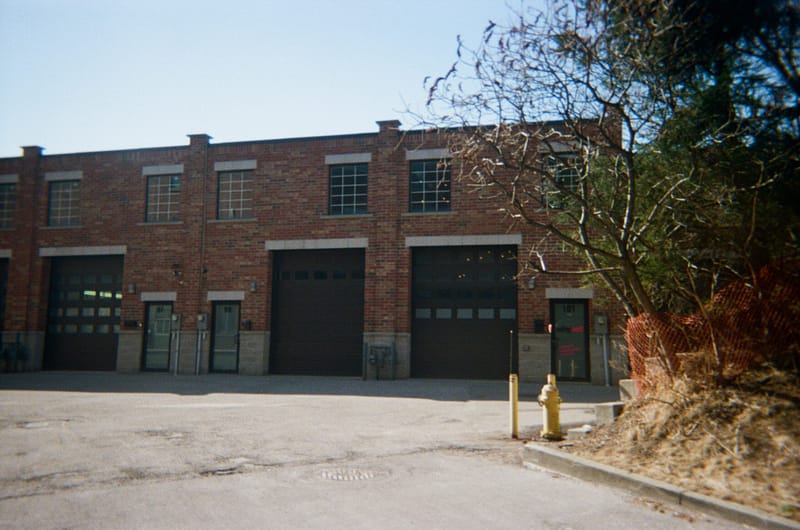
Why Not’s Space Project is scheduled to wrap up later this fall. The plan is to compile the research into a final report to share with stakeholders and funders, as well as artists within Toronto’s creative communities. Looking forward, it’s difficult to envision this future phase without the support and influence of Mass Culture. So much of the research has been rooted in an evaluative framework and I wonder where the project would stand if it wasn’t. This partnership has proven that it’s not only manageable, but essential in crafting strategic work, and I’ve so enjoyed being part of the process.
Get to know Mary
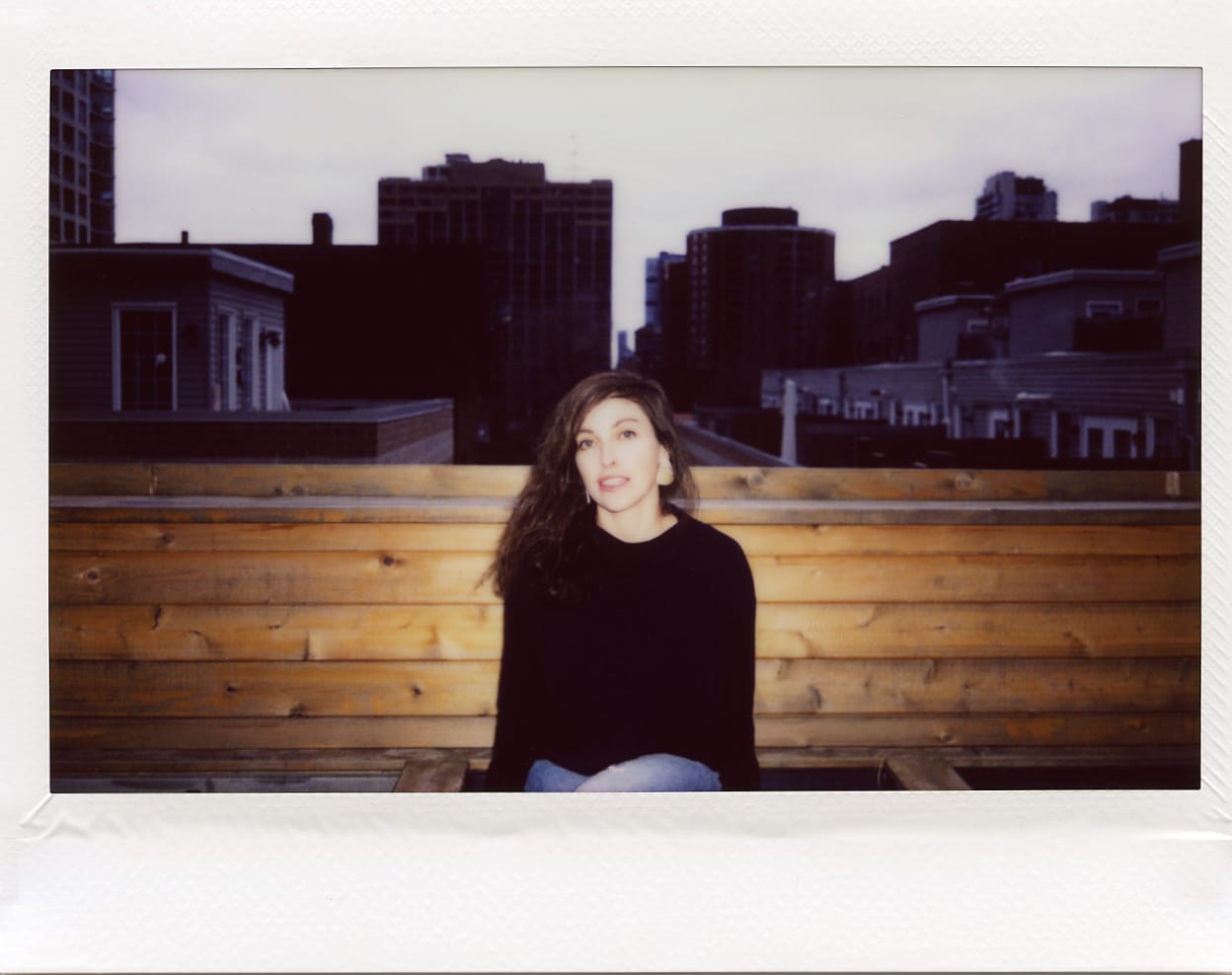
Mary Anderson

